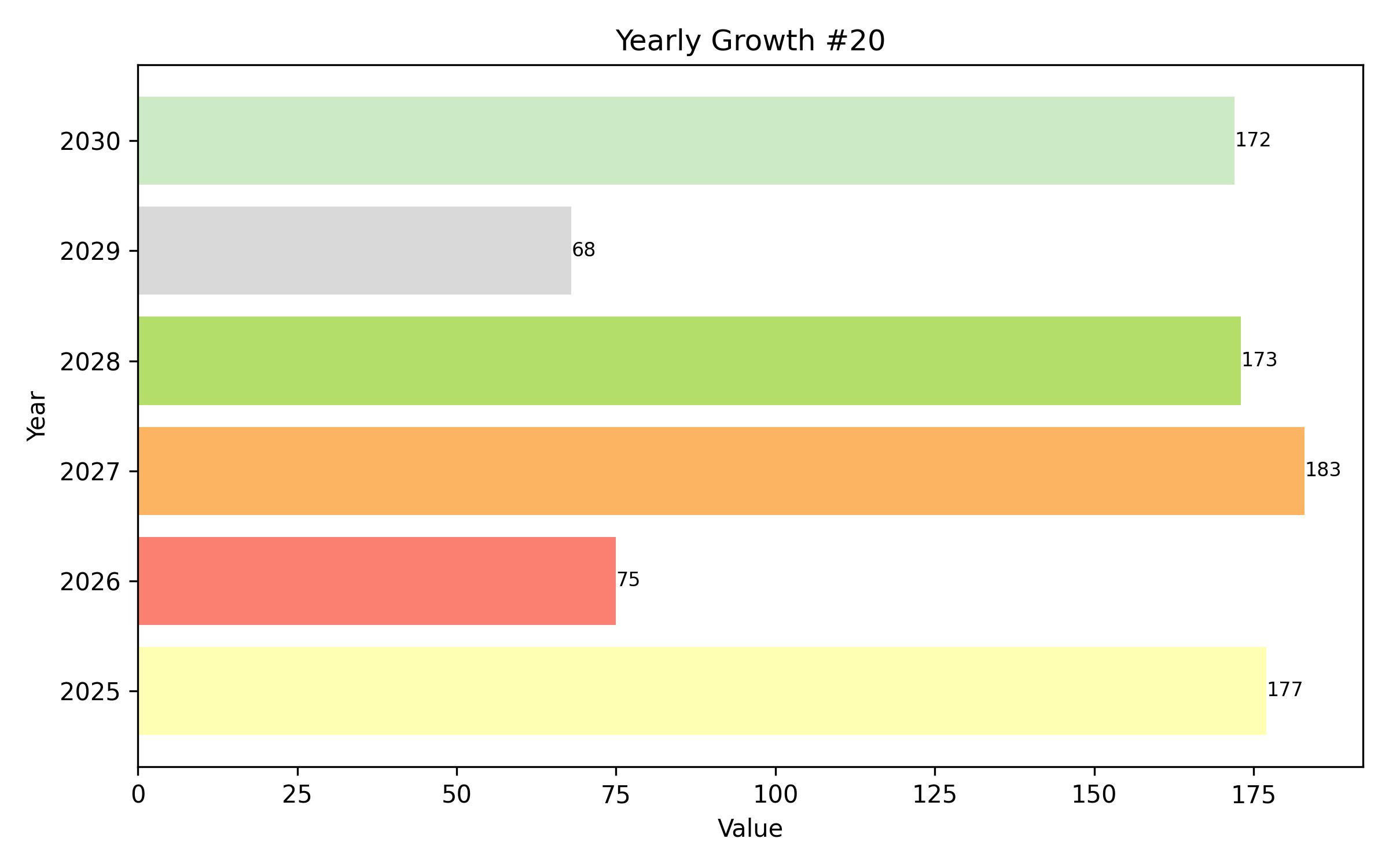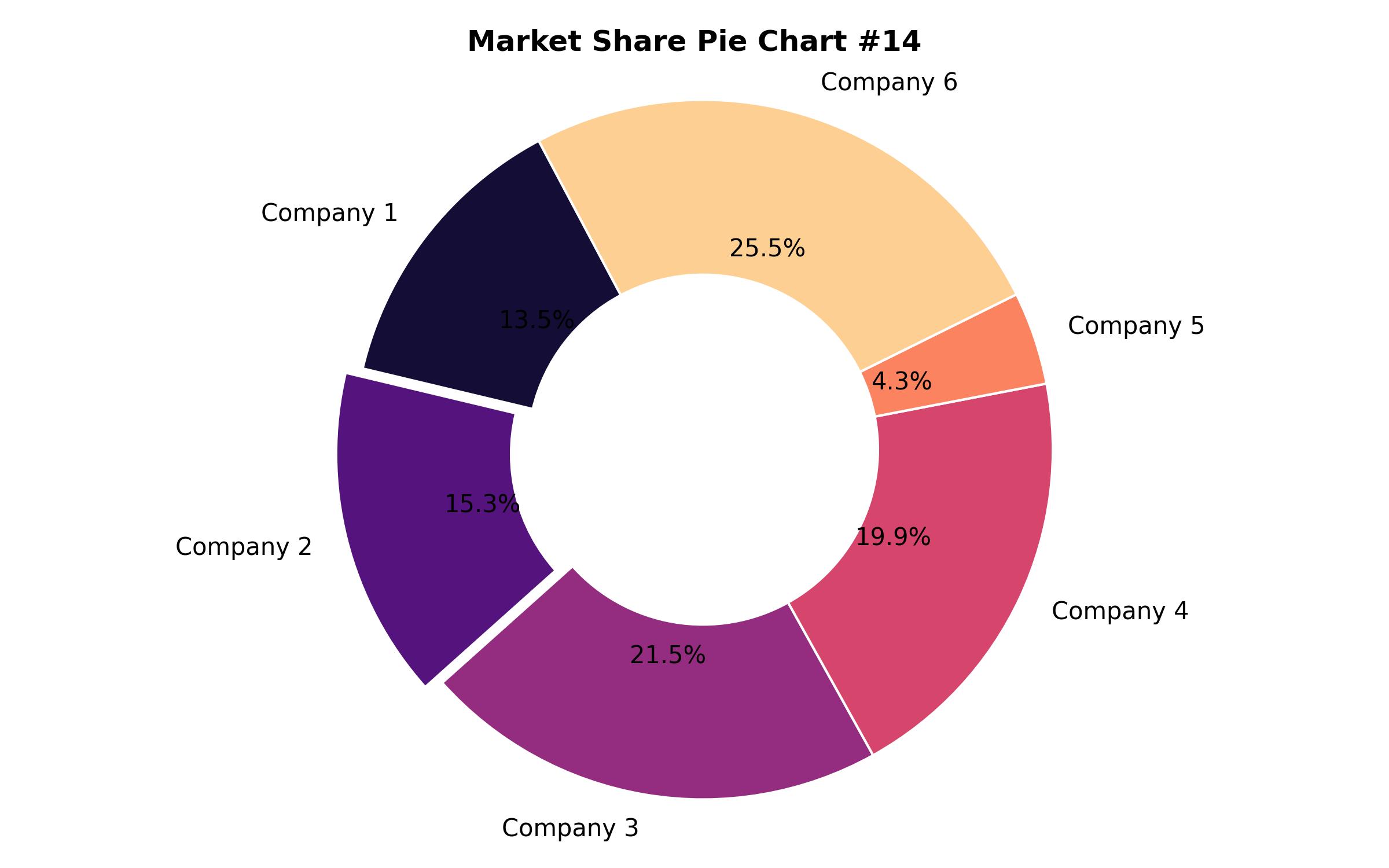Analysis of the Global Ice Detection System Market: Trends, Growth Drivers, and Future Projections (2025-2035)
Overview:
The market for systems designed to detect ice accumulation is experiencing considerable expansion, driven by the critical need for enhanced safety across sectors such as aviation, maritime transport, and ground transportation. The integration of these systems into various vehicles is vital for preventing the hazards associated with ice buildup, which pose significant risks to aircraft, roads, and marine vessels alike.
Furthermore, the adoption of solutions for detecting ice in industrial settings, including wind energy facilities and telecommunications towers, is also increasing. This trend ensures uninterrupted operations during challenging weather conditions. Advancing technological capabilities are continuously refining the precision and robustness of these detection systems, thereby fueling steady market growth globally.
The market size in 2025 is projected to be USD 1,828.6 million, and by 2035, this number is estimated to rise to USD 2,363.7 million, reflecting a Compound Annual Growth Rate (CAGR) of 2.6%. The increasing global focus on safety standards in transport and infrastructure is a significant driver for this market’s steady expansion.
In North America, a significant portion of the ice detection system market is concentrated due to the presence of extensive aviation and transportation networks. Severe winter weather in parts of the region necessitates the widespread use of ice detection technology for operational safety.
Europe’s market is expected to show moderate growth, with rising demand in sectors like aviation, maritime transport, and the burgeoning wind energy industry. Stringent safety regulations and ongoing investments in sustainable energy infrastructure are principal factors spurring demand for ice detection solutions.
The Asia-Pacific region is anticipated to demonstrate a higher growth rate, propelled by rapidly increasing air traffic volumes, expanding transportation networks, and swift industrialization. Nations like China, Japan, and India are actively prioritizing the adoption of sophisticated weather monitoring and ice detection systems to bolster civil aviation and transport safety.
The challenges confronting the market include high initial investment costs and the complexity associated with integrating these advanced systems into diverse existing infrastructures. Meeting varied regional regulatory requirements also adds a layer of difficulty to widespread deployment.
Opportunities for market growth are substantial, stemming from the growing global emphasis on transportation and aviation safety, the significant expansion of the renewable energy sector, and the integration of advanced technologies like AI for enhanced monitoring and predictive capabilities. Advances in sensor miniaturization are also enabling broader application across different industries.

| Report Attribute | Details |
|---|---|
| Market Size in 2025 | USD 1,828.6 million |
| Revenue Forecast for 2035 | USD 2,363.7 million |
| Growth Rate (CAGR) | 2.6% from 2025 to 2035 |
| Base Year for Estimation | 2024 |
| Historical Data | 2019 – 2024 |
| Forecast Period | 2025 – 2035 |
| Quantitative Units | Revenue in USD million/billion and CAGR from 2025 to 2035 |
| Report Coverage | Revenue forecast, company market share, competitive landscape, growth factors, and trends |
| Covered Segments | Detector Type, Application, End Use, Region |
| Regional Scope | North America, Europe, Asia Pacific, Latin America, MEA |
| Country Scope | U.S., Canada, U.K., Germany, France, China, Japan, South Korea, Brazil, Argentina, UAE, Saudi Arabia |
| Key Companies Analyzed | Collins Aerospace, Honeywell International Inc., Vaisala Oyj, Laird Thermal Systems, OTT HydroMet |
| Customization Options | Free report customization (up to 8 analysts working days) with purchase. Changes to country, regional, and segment scope |
| Pricing and Purchase Options | Customizable purchase options for tailored research needs |

Report Coverage & Deliverables
- Market Trends And Dynamics
- Competitve Benchmarking
- Historical data and forecasts
- Value/Volume analysis
- Company revenue shares and key strategies
- Regional opportunities
This is an indicative segmentation. Please request a sample report to see detail segmentation of this market.
Detailed Market Segmentation
- By Detector Type
- Magneto Resistive Ice Detectors
- Optical Ice Detectors
- By Application
- Airplanes
- UAVs
- Other Applications
- By End Use
- Automotive
- Aerospace & Defense
- Industrial
- Other End Uses
- By Region
- North America (U.S., Canada)
- Europe (U.K., Germany, France)
- Asia-Pacific (China, Japan, South Korea)
- Latin America (Brazil, Argentina)
- Middle East & Africa (MEA) (UAE, Saudi Arabia)
Table of Content
- Executive Snapshot
- Market Overview
- Key Market Trends
- Key Success Factors
- Market Demand Analysis 2019 to 2024 and Forecast, 2025 to 2035
- Market – Pricing Analysis
- Market Demand (in Value or Size in USD Million/Billion) Analysis 2019 to 2024 and Forecast, 2025 to 2035
- Market Background
- Market Analysis 2019 to 2024 and Forecast 2025 to 2035, By Detector Type
- Magneto Resistive Ice Detectors
- Optical Ice Detectors
- Market Analysis 2019 to 2024 and Forecast 2025 to 2035, By Application
- Airplanes
- UAVs
- Other Applications
- Market Analysis 2019 to 2024 and Forecast 2025 to 2035, By End Use
- Automotive
- Aerospace & Defense
- Industrial
- Other End Uses
- Market Analysis 2019 to 2024 and Forecast 2025 to 2035, By Region
- North America
- Europe
- Asia-Pacific
- Latin America
- Middle East and Africa
- North America Market Analysis 2019 to 2024 and Forecast 2025 to 2035
- Europe Market Analysis 2019 to 2024 and Forecast 2025 to 2035
- Asia-Pacific Market Analysis 2019 to 2024 and Forecast 2025 to 2035
- Latin America Market Analysis 2019 to 2024 and Forecast 2025 to 2035
- Middle East & Africa Market Analysis 2019 to 2024 and Forecast 2025 to 2035
- Region-wise Market Analysis 2025 & 2035
- Market Structure Analysis
- Competition Analysis
- Collins Aerospace (Raytheon Technologies)
- Honeywell International Inc.
- Vaisala Oyj
- Laird Thermal Systems
- OTT HydroMet
- Other Key Players
- Assumptions and Acronyms Used
- Research Methodology
